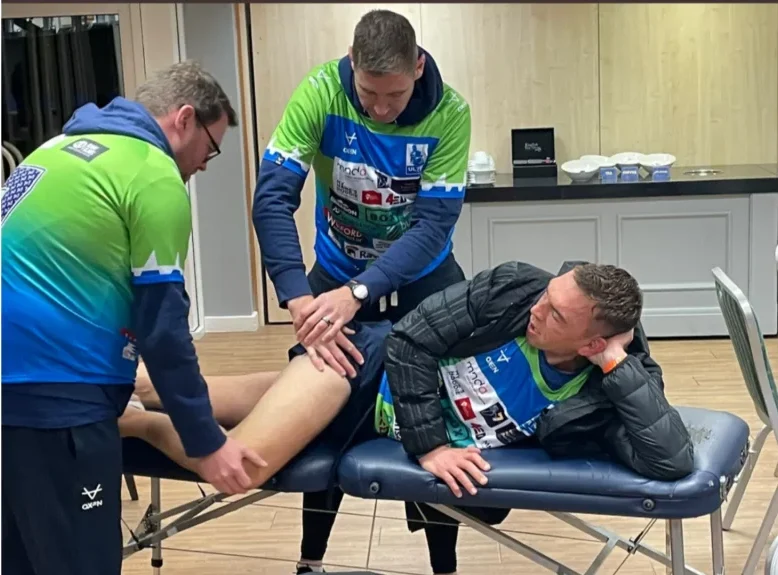We value your privacy
We use cookies to enhance your browsing experience, serve personalized ads or content, and analyze our traffic. By clicking "Accept All", you consent to our use of cookies.
We use cookies to help you navigate efficiently and perform certain functions. You will find detailed information about all cookies under each consent category below.
The cookies that are categorized as "Necessary" are stored on your browser as they are essential for enabling the basic functionalities of the site. ...
Necessary cookies are required to enable the basic features of this site, such as providing secure log-in or adjusting your consent preferences. These cookies do not store any personally identifiable data.
No cookies to display.
Functional cookies help perform certain functionalities like sharing the content of the website on social media platforms, collecting feedback, and other third-party features.
No cookies to display.
Analytical cookies are used to understand how visitors interact with the website. These cookies help provide information on metrics such as the number of visitors, bounce rate, traffic source, etc.
No cookies to display.
Performance cookies are used to understand and analyze the key performance indexes of the website which helps in delivering a better user experience for the visitors.
No cookies to display.
Advertisement cookies are used to provide visitors with customized advertisements based on the pages you visited previously and to analyze the effectiveness of the ad campaigns.
No cookies to display.
Our skilled therapists have experience treating:

Tendonitis is inflammation or irritation of a tendon, the thick cord that attaches muscle to bone. It typically results from repetitive stress or overuse, leading to pain, tenderness, and swelling near the affected tendon. Common sites include the Achilles tendon (Achilles tendonitis) and the tendons around the shoulder (rotator cuff tendinitis).
Stress fractures are small, hairline cracks in a bone caused by repetitive force or overuse, often seen in weight-bearing bones such as the tibia or metatarsals. Symptoms include localised pain, swelling, and tenderness, which usually worsen with activity and improve with rest.
Ligament tears occur when one or more of the ligaments—strong bands of connective tissue that stabilise joints—are stretched or torn. This type of injury can result from trauma, such as a sudden twist or impact. Symptoms include pain, swelling, bruising, and instability in the affected joint. Common examples include ACL tears in the knee and ankle sprains.
Muscle strains involve the overstretching or tearing of muscle fibres, often due to sudden movements or overuse. Symptoms include pain, muscle spasms, swelling, and difficulty moving the affected muscle. Muscle tears are more severe and involve a complete rupture of muscle fibres, leading to significant pain, loss of function, and sometimes visible bruising or a noticeable gap in the muscle. Strains and tears are common in muscles such as the hamstrings or quadriceps.
Runner’s knee, or patellofemoral pain syndrome, is a condition characterised by pain around or behind the kneecap (patella). It often results from overuse, misalignment, or poor tracking of the patella as it moves over the femur. Symptoms include aching or sharp pain in the front of the knee, which can be aggravated by activities like running, climbing stairs, or sitting for long periods.
Hamstring injuries involve strains or tears in the hamstring muscles, which are located at the back of the thigh. These injuries often occur during activities involving sprinting, jumping, or sudden acceleration. Symptoms include pain, swelling, and bruising in the back of the thigh, along with difficulty walking or bending the knee. Severity can range from mild strains to complete tears of the muscle or its tendinous attachments.
Schedule a convenient time for your initial visit using our online booking system or by giving us a call. Evening and Saturday appointments are available to suit your schedule.
You’ll have one-to-one appointments with an expert back pain physio at our Huddersfield clinic. From your first visit, we will establish the root cause of the problem, set your goals, and work together to get you there.
Receive immediate relief with our hands-on treatments. We’ll build your treatment plan around your lifestyle.
Continue your back pain treatment with our support and regular follow-up appointments, and any necessary adjustments to ensure lasting relief and a pain-free life.
We follow a proven system that allows us to get repeatable, predictable results for you by finding the true cause of your symptoms.









A specialised physio can help runners of all levels by addressing biomechanical issues, providing personalised exercise programs, offering rehabilitation for injuries, and educating on injury prevention and proper technique to help you achieve your running goals safely.
With any running injury, it’s important to reduce the symptoms while also addressing the root cause of the problem. This involves a thorough assessment and history taking so that your therapist can help you identify the contributing factors. By taking a holistic approach, you can be confident that you solve the root cause of the problem and the pain doesn’t come back.
There are many different types of running injuries, including runners knee, hip bursitis, and achilles tendon problems. No matter what type of ankle or foot pain you present with, your therapist will help you identify the root cause and put a plan in place to get rid of the pain long term.
The best time to see the physio when training for an event is as early as possible! Many runners leave it until the last minute with a race looming to get their problem solved. Seeing a physio early in your training plan for a full assessment to identify any issues can ensure you get through a training block safely without injury.
About
Resources
Quick Links